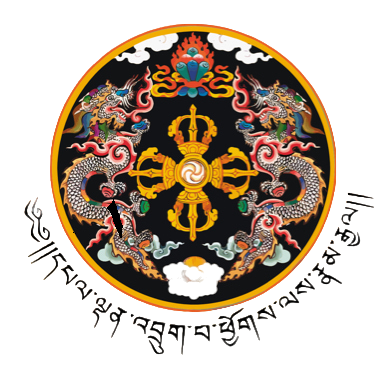One of the most notable religious sites is the Drametse Lhakhang built in the 16th century by Ani Cheten Zangmo, the grand-daughter of the renowned Terton Pema Lingpa to spread Nyingmapa teachings in the east. It's one of the most popular monasteries in the region. People from Dramedtse and also nearby districts visit it mainly during the annual festival. The Drametse Ngacham or the “Dance of the Drums of Drametse,” was born in this lhakhang in the 16th century. Today, it is a popular dance performed at all major festivals.
This is the best-known dance of all, composed in the 16th century at Drametse Monastery in eastern Bhutan by a saint who had a vision of Guru Rinpoche’s heaven. Twelve men wearing yellow skirts and animal masks beat drums as they dance; they represent Guru Rinpoche’s entourage and they are celebrating the victory of religion. This dance brings ” liberation to those who see it.
It takes about 1.5 hours drive from Mongar-Trashigang highway. Though the road is narrow and strewn with pebbles, its every bend on uphill ascend provides good view of valleys and distant mountains. You can get views of Udzorong village of Trashigang Dzongkhag.
This dance was proclaimed as a ‘Masterpiece of the World Intangible Heritage’ by UNESCO in 2005.
The Mask Dance of the Drums of Drametse was choreographed there in the 16th century after the monastery’s founder, Kunga Gyeltshen, the great grandson of Terton Pema Lingpa, had a vision of Guru Rinpoche’s Zangtopelri (Copper-Colored Mountain Paradise). A total of 16 male dancers wearing masks and 10 musicians perform the dance. They first perform a prayer dance in the main shrine, and then, one by one, they enter the monastery’s courtyard. The dance is divided into two sections: a quiet, meditative portion that symbolizes the tranquil deities, and a swift, athletic portion that symbolizes the wrathful ones. The quintessence of Bhutanese identity, this dance has been performed for nearly five centuries all over the country. Now, it has become a crucial component of Tshechu in Bhutan. Dramétsé Nga-chham was designated as a “Masterpiece of the Intangible Heritage” at the Third Proclamation of Masterpieces of the Oral and Intangible Heritage of Humanity by UNESCO in Paris in November 2005 because of its worldly, spiritual, and artistic values.


